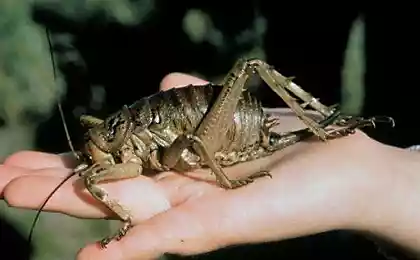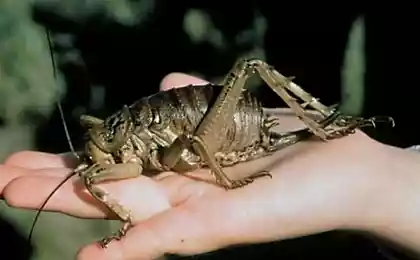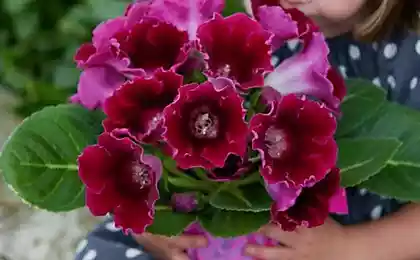1271
Graceful killer
In nature, there are more than 600 species of plant-killers. They lure their prey into the trap, trap, trapping intoxicating smells and other tricks. Sensing the smell of food, insect goes to pitcher carnivorous plant. These predators, like all other plants, use photosynthesis to produce nutrients. However, this is too small for a full life, as most of them live in the poor soil micronutrients. To survive in such difficult conditions, plants use nitrogen-killer, which is obtained from his victims.


The insect falls into the Venus flytrap, twice touched her tiny hairs.

Tropical Nepenthes attracts new victim to its enticing aroma. But as soon as the insect lands on a slippery rim immediately slips into its insatiable maw.

More than 675 plant species, predators armed with passive traps. For example, pinguicula. She ruffled sticky hairs, holding the insect until the food is not processed into the digestive fluid.
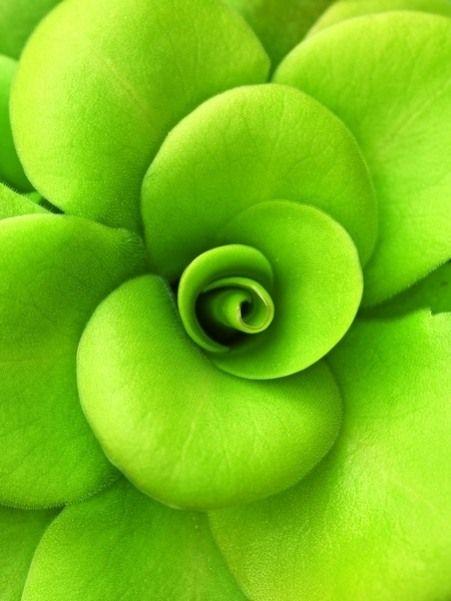
Australian sundew insect lures transparent, like dew drops. It is worth the sacrifice land to feast, as immediately the plant covers her hair.

Through a thin sheet of Philippine Nepenthes as shadow play behind a screen, one can see the outlines of captured insects. Getting out of the trap it does not allow the wax inside wall of the jug, while the enzymes on its bottom supply plant nutrients victim.

Plants predators not just eat those caught insects and breed with them. To draw another pollinator, flowers Sarracenia keeps on long flexible stems, away from the pitcher trap. They hang like little lanterns, attracting pollinating bees in their cells with pollen.

Other plants, if there are no insects, volunteers, self-pollinated, as does the sundew.

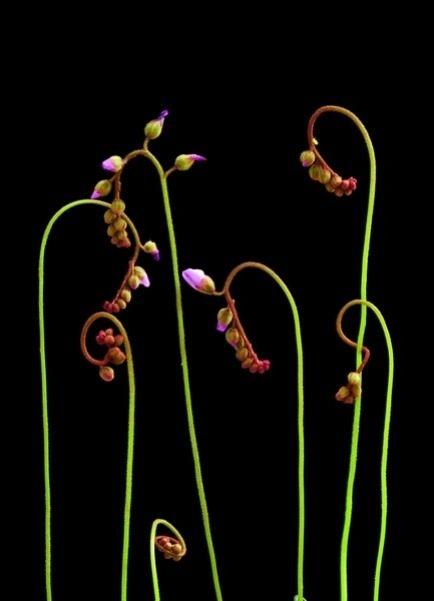
If the plant does not keep its strong insect sticky hairs insect break free, even crippled. William McLaughlin, an employee of a botanical garden in the United States, says that often happens is that the victim dies as a predator is hungry.

Open flower on the South African king sundew - the largest representative of its kind. Its luxurious leaves reach half a meter in length.

Tiny tsefalotus hails from Western Australia regales a crawling insect. Adhesive hairs and thin alluring aroma plant lures ants in their bowels.

North American hybrid, filled with water, the smell of nectar attracts bees and its wide rim - the perfect landing pad. Eat insects - not the most efficient way for a plant predator to provide themselves with nutrients, but certainly the most exotic

Source: nationalgeographic.com


The insect falls into the Venus flytrap, twice touched her tiny hairs.

Tropical Nepenthes attracts new victim to its enticing aroma. But as soon as the insect lands on a slippery rim immediately slips into its insatiable maw.

More than 675 plant species, predators armed with passive traps. For example, pinguicula. She ruffled sticky hairs, holding the insect until the food is not processed into the digestive fluid.

Australian sundew insect lures transparent, like dew drops. It is worth the sacrifice land to feast, as immediately the plant covers her hair.

Through a thin sheet of Philippine Nepenthes as shadow play behind a screen, one can see the outlines of captured insects. Getting out of the trap it does not allow the wax inside wall of the jug, while the enzymes on its bottom supply plant nutrients victim.

Plants predators not just eat those caught insects and breed with them. To draw another pollinator, flowers Sarracenia keeps on long flexible stems, away from the pitcher trap. They hang like little lanterns, attracting pollinating bees in their cells with pollen.

Other plants, if there are no insects, volunteers, self-pollinated, as does the sundew.


If the plant does not keep its strong insect sticky hairs insect break free, even crippled. William McLaughlin, an employee of a botanical garden in the United States, says that often happens is that the victim dies as a predator is hungry.

Open flower on the South African king sundew - the largest representative of its kind. Its luxurious leaves reach half a meter in length.

Tiny tsefalotus hails from Western Australia regales a crawling insect. Adhesive hairs and thin alluring aroma plant lures ants in their bowels.

North American hybrid, filled with water, the smell of nectar attracts bees and its wide rim - the perfect landing pad. Eat insects - not the most efficient way for a plant predator to provide themselves with nutrients, but certainly the most exotic

Source: nationalgeographic.com
48 stellar body parts, which are oriented customers of Plastic clinics
Mass psychosis at ENEA. See all!


